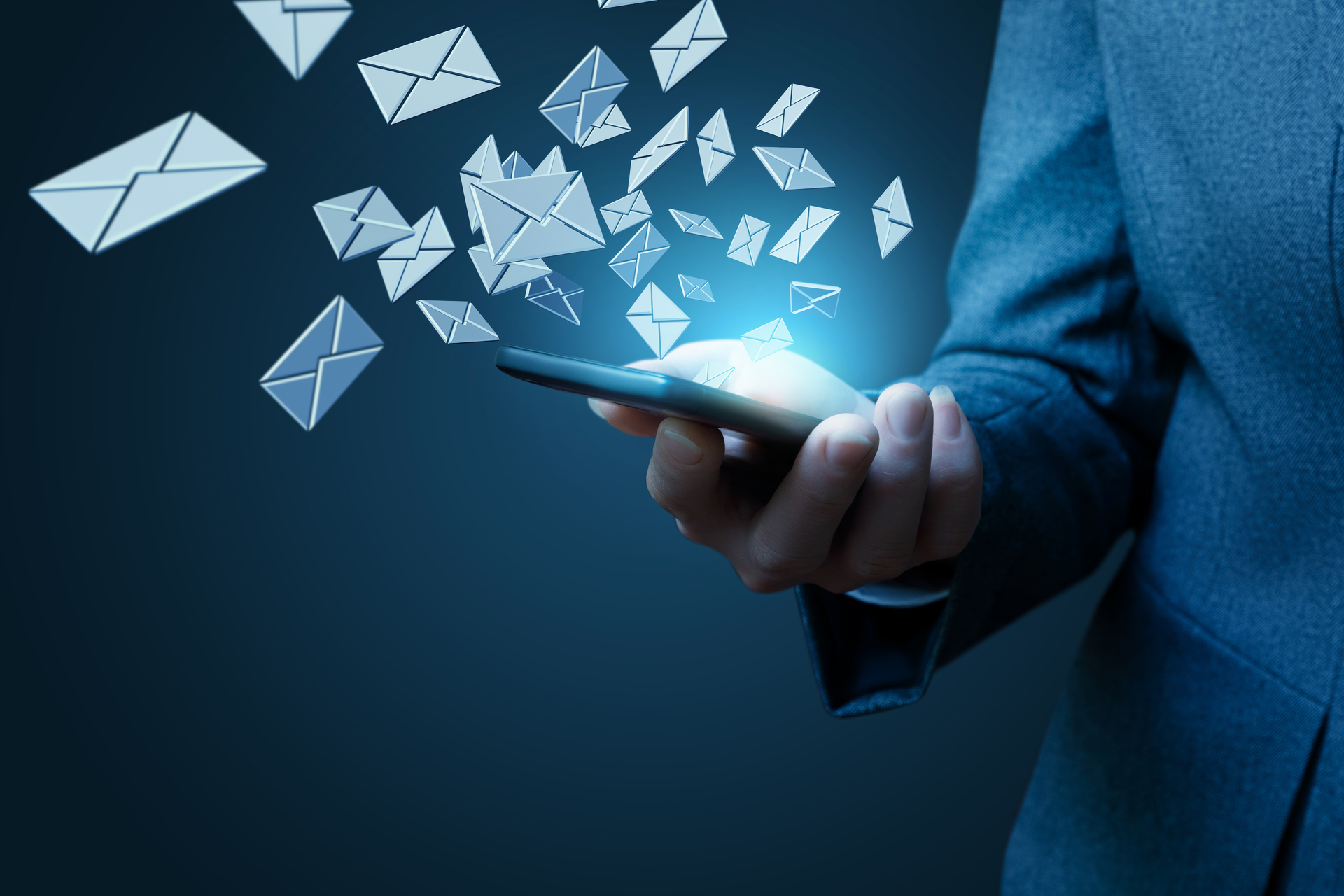It may seem like old technology, but email still matters as a major channel for reaching the consumer, according to Adobes 2019 “E-mail Usage Study,” released today.
“It’s still the channel consumers just trust,” said Bruce Swann, group product marketing manager at Adobe. “It’s the ‘steady Eddy’ channel.”
While e-mail gets a lot of personal attention from users, they are becoming more cagey about how often they use it. In 2016, people spent 256 minutes per day checking work email, and 209 minutes per day checking personal email. In 2019, those numbers went down — to 209 minutes a day for work email, 143 minutes a day for personal e-mail.
Decreased attention to email sets a challenge for brands
Yes, email usage, while broad, has narrowed. This forces brands to be more precise about how they reach consumers. Even here, some brands still miss the mark. About a quarter of all emails are interesting enough to open, according to the study.
Swann listed the reasons: Lack of personalization, lack of alignment between the offer and the personal interest of the recipient (for example, the offer is irrelevant or the product was already purchased). Forty-three percent complain that they received the pitched e-mail too often. Even misspelling the name of the recipient is a deal breaker, according to one-third of the respondents.
“Email marketers have work to do getting the send time right,” Swann said. They also have more work to do understanding their customers, understanding when is the right time to send an offer and anticipate when they will open the e-mail.
Marketers will have to combine analytics and testing to surface the reasons why their messages are missing their mark, Swann said. Marketers can also use techniques from contextual e-mail marketing to change the offer to maintain relevancy, depending on the time and place the e-mail is opened, he added.
Add a human element
While marketers sometimes fumble on personalization, there are ways to get it right. Adding a human element — so that the email and not the brand is speaking to the consumer — is helpful to this end, Swann noted. For example, if one was shopping for a family ski vacation package, the email pitch might include a review written by a family about the package.
“Email will be front and center, but still part of the cross-channel puzzle,” Swann observed. It still has a role to play, in conjunction with other channels like direct mail, chat and messaging apps. “Brands can increase the likelihood of engaging the consumer if they can reach them via two or more channels,” he noted.







